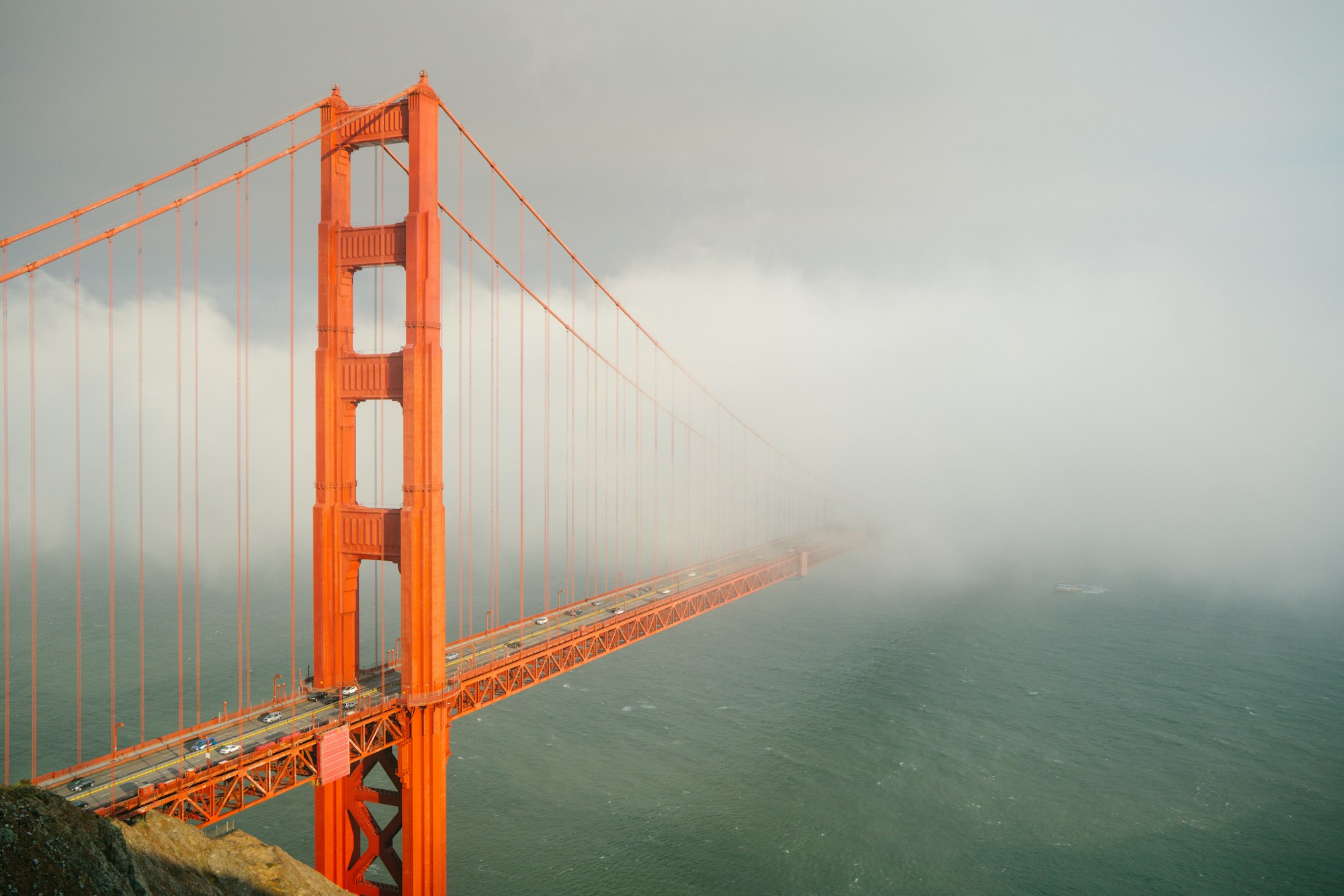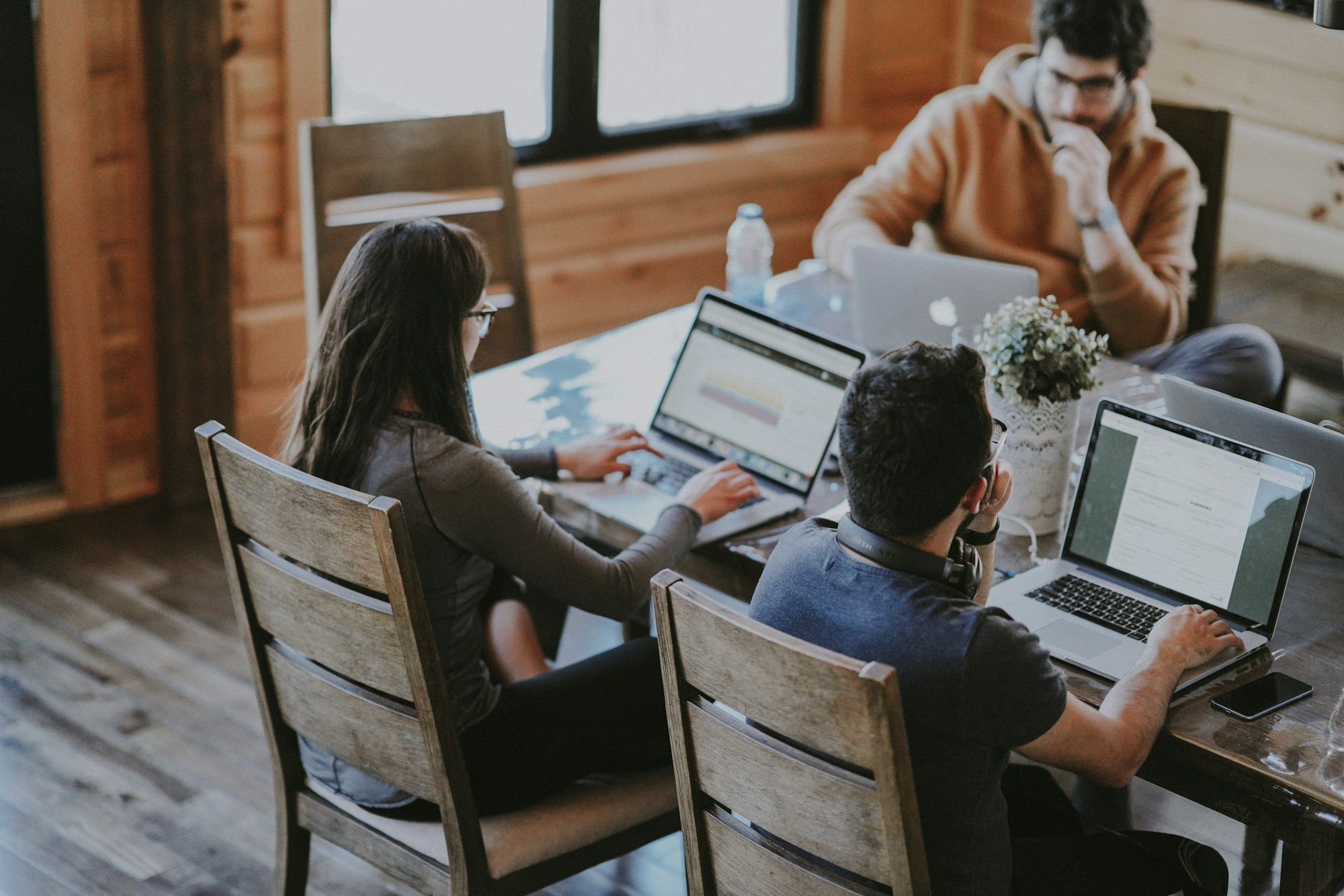The Relationship Between Developers and Designers: Bridging the Gap

Developers and designers are two very different professionals with very different skill sets. However, they both play a critical role in building digital products that are not only functional but also aesthetically pleasing. Despite their different backgrounds and approaches, developers and designers must work together to create a seamless and effective user experience.
The Role of Developers

Developers are responsible for taking the design concepts created by designers and turning them into working software. They use programming languages and frameworks to create the underlying functionality of digital products. Developers are problem-solvers who spend a lot of time debugging and optimizing code to ensure that it runs efficiently.
One of the most significant challenges for developers is interpreting design concepts created by designers. Sometimes, designers may create designs that are visually stunning but challenging to implement from a technical standpoint. In such cases, developers must work with designers to find a compromise between visual aesthetics and functionality.
The Role of Designers

Designers are responsible for creating the visual elements of digital products, including the user interface, graphics, and branding. They use various design software tools to create wireframes, mockups, and prototypes that represent the final product. Designers spend a lot of time experimenting with different colors, fonts, and layouts to create a visually appealing and intuitive user experience.
One of the biggest challenges for designers is creating designs that are both aesthetically pleasing and functional. Designers must ensure that their designs are not only visually appealing but also user-friendly and intuitive. They must also ensure that their designs are compatible with different devices and platforms, such as mobile phones and desktops.
Collaboration Between Developers and Designers

The collaboration between developers and designers is critical in creating a successful digital product. Developers and designers must work together to bridge the gap between functionality and aesthetics. Collaboration can take many forms, including regular meetings, design reviews, and feedback sessions.
One effective way to improve collaboration between developers and designers is to use design tools that enable developers to visualize and test their code alongside design concepts. Tools like Figma and Sketch allow designers to create designs that developers can easily work with, and vice versa. This approach helps to ensure that designers and developers are always on the same page.
Another effective way to improve collaboration is to have regular design and code reviews. During these reviews, designers and developers can provide feedback and suggestions to one another, ensuring that the final product is both functional and aesthetically pleasing.
Examples of Successful Collaboration
One example of successful collaboration between developers and designers is the Apple iPhone. The iPhone was not only a technological breakthrough but also a design masterpiece. The collaboration between Apple's design team, led by Jonathan Ive, and the development team led by Steve Jobs, was critical in creating the iPhone's intuitive user experience and sleek design.
Another example of successful collaboration is the redesign of the Airbnb website. Airbnb's design team worked closely with developers to create a website that not only looked great but also functioned smoothly. The redesign was a success, resulting in a significant increase in user engagement and bookings.
In conclusion, the collaboration between developers and designers is essential in creating a successful digital product. While developers focus on functionality and optimization, designers focus on aesthetics and user experience. By working together, developers and designers can bridge the gap between functionality and aesthetics, creating digital products that are both functional and aesthetically pleasing. Effective collaboration requires regular communication, feedback sessions, and the use of collaborative design tools.

